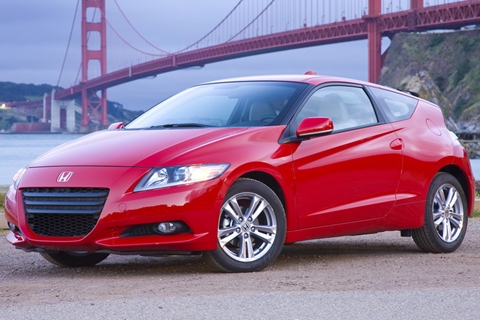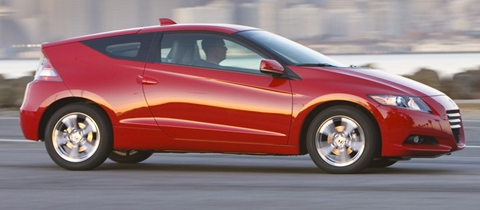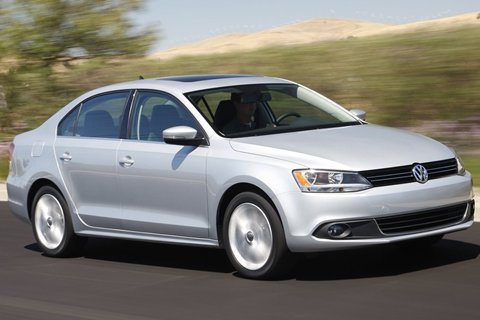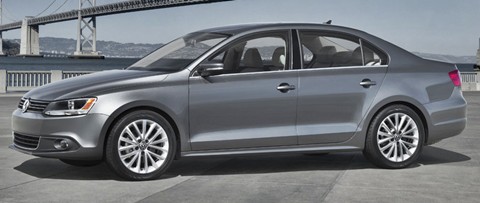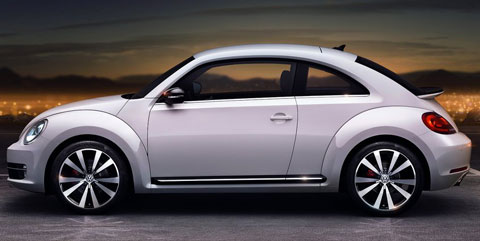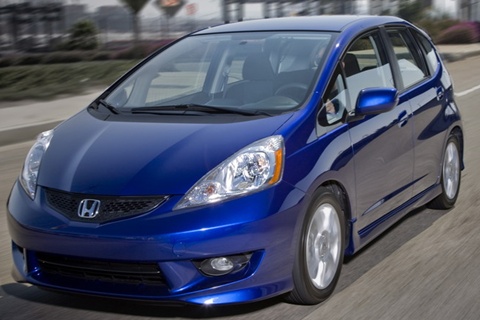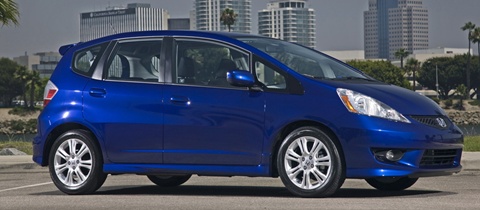The Honda FCX Clarity is the best car money cannot buy. To clarify—no pun intended—the ultra-futuristic vehicle is only available in certain areas in California on a $600-a-month, fixed three-year lease (with no option for purchase). Even before Honda started delivering the 200 samples, buzz was palpable for what is touted as the first fuel cell-powered car to be made available to the American public.
The steel-and-aluminum dream ride is limited to lessees in Torrance, Santa Monica, and Irvine; known for having hydrogen-refilling areas. These areas were also picked for availability of technical and mechanical support.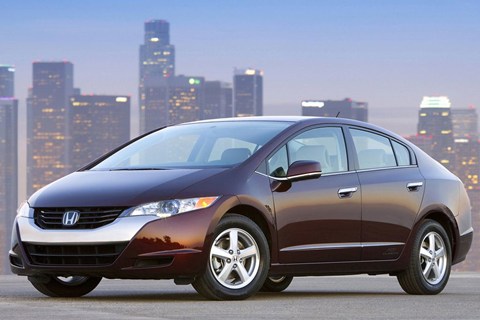
More than its innovative engine and fuel system (more on that later), those who have tested the FCX Clarity have lauded its pickup, with one reviewer saying that driving the FCX Clarity feels ‘devoid of gravity’. In fact, testers have had nothing but praise for the FCX Clarity, and it may just be the bar on which future cars will be judged—if they can only roll these out on a larger scale.
Engine and Performance
The FCX runs on a state-of-the-art electric motor powered by a hydrogen fuel-cell stack. The engine and fuel-cell stack set-up is the cleanest known in the market to date, producing only water vapor as waste product. Aside from being eco-friendly, all that power fits nicely in the center of the vehicle, between the front seats, freeing up a lot of space for a roomy passenger cabin and interior.
The FCX Clarity also captures energy through regenerative brakes, which is stored in the lithium-ion battery for use. The Clarity has been touted a true zero-emissions vehicle.
Exterior
The unconventional power train system on the FCX Clarity allowed its Toshigi designers a little more freedom in design. The car’s teardrop shape is a new definition in streamlining, and in general helps give the car a little bit more pull because of its aerodynamic shape. The large windshield is visually appealing, as is the stock deep garnet color—the only option available—on the sample vehicles.
Interior
Aside from the spacious interior, a huge selling point of the FCX Clarity is the choice of interior materials. Environmentally preferred and low carbon footprint textiles like maize fabrics were used. Also, its air-conditioning system is built into the seats, as opposed to the usual dashboard set-up.
Safety and Reliability
Because it is in the early sampling and testing stages, the FCX Clarity has not been officially crash-tested, although one reviewer said the car is ‘meant to surpass all US safety standards’. Standard front, front-side, and side-curtain airbags are installed in the Clarity. Electric Stability Control and Collision Mitigation Break system round out the safety features. Also in place are sensors that detect Hydrogen leaks, as the fuel is highly flammable.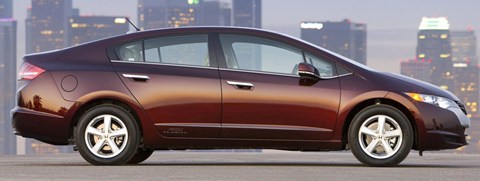
Comparisons
Although the FCX Clarity is a class on its own—it is after all, an experimental vehicle yet to see wide production—its build has been compared to the Honda Accord (MSRP $17,871; 22 city / 31 hwy). Its front-arm suspension is in fact taken from the aforementioned Accord, which is only similar to the Clarity in design lines.
The Mercedes Benz S550 (MSRP $73,474; 15 city / 23 hwy) has handling comparable to the Clarity, according to one reviewer. This gives you a clue about the silky-smooth handling of the FCX Clarity, which lacks shifting and packs a lot of torque.
Pros
Innovative Fuel-Cell powered engine produces zero emissions, highly-praised exterior design lines, environment-friendly interior materials, gear-free transmission, ample torque, great fuel economy.
Cons
Limited to 200 samples to certain areas in California, testers were chosen by a Honda committee and do not have an option to purchase, fuel is currently rare and expensive.
What others say:
“For a moment, after pressing the little red “Start” button, it seems like nothing has happened. Suddenly, a kaleidoscope of colors erupts from the multi-level instrument panel, followed by the soft whine of a compressor. Honda’s new FCX fuel-cell vehicle has come to life.”Car Connection
“Many critics have also suggested that the FCX Clarity fuel cell vehicle took design cues from the Prius.”Edmunds
“While its volume numbers may be modest, the fuel-cell powered Honda FCX Clarity was seen has having both the eco-friendly technology and practical packaging brilliance to earn it the honor of being named as the 2009 World Green Car.”KBB
Specifications
| Vehicle Type: Hydrogen | Lease Price: 3-Years at $600.00/ month |
| Fuel Tank Capacity: 3.92 kg @ 5000psi | Miles Per Kilogram: 60 city / 60 hwy |
| Length: 190.3 in. (254 cm) | Width: 72.7 in. (254 cm) |
| Height: 57.8 in. (254 cm) | Curb Weight: 3582 lbs (4536 kg) |
| Wheel Base: 110.2 in. (254 cm) | Ground Clearance: NA |
| Luggage Capacity: 13.1 cu ft | Maximum Seating: 4 people |
| Power Output: 100kW V Flow Fuel Cell Stack | Output: 288 volts |
| Horsepower: 134 HP | Power Output: 100 kW |
| Torque: 189 lb-ft @ 0-3056 rpm | Transmission: Shift-by-Wire Gear Selector |
| 0-60 mph: 9.2 seconds | 1/4 Mile: 16.9 seconds |






